CVT Transmissions Explained: Are They Right for You?
Posted on August 11, 2025
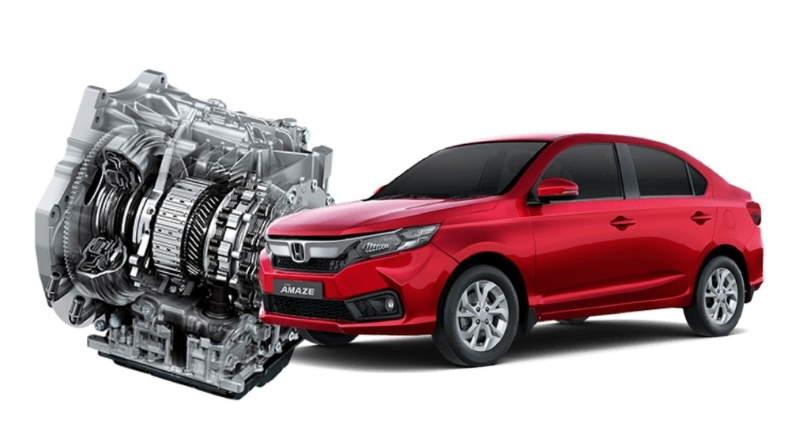
If you’ve test-driven a modern Honda, Toyota, or Nissan lately, you’ve likely experienced a Continuously Variable Transmission (CVT)—the fuel-efficient gearbox that’s quietly taking over roads from Toronto to Vancouver.
Unlike traditional automatics with fixed gears, CVTs use a clever pulley-and-belt system to deliver seamless acceleration and better gas mileage (up to 15% improved fuel economy in city driving). But are they actually reliable long-term?
In this guide, we’ll break down:
- How CVTs really work and their benefits
- The difference between CVT and an automatic transmission
- Maintenance tips to extend CVT lifespan
Because choosing a transmission shouldn’t be a gamble; it should be an informed decision.
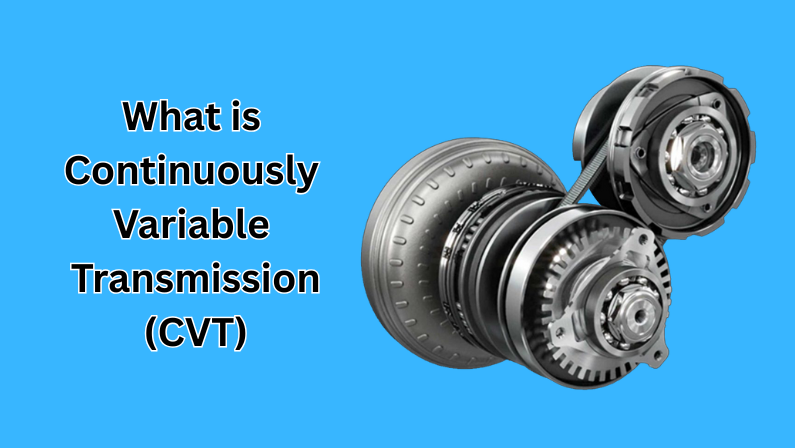
What is Continuously Variable Transmission and Why Do So Many New Cars Have It?
A Continuously Variable Transmission (CVT) is a type of automatic transmission that doesn’t use traditional fixed gear ratios like a regular transmission. Instead, it uses a system that can smoothly change through a continuous range of gear ratios.
This allows the engine to run at its most efficient RPM for a variety of driving conditions, which helps improve fuel economy and offers a smoother ride.
At its core, a CVT uses a pair of pulleys connected by a belt or chain. One pulley is attached to the engine and the other to the wheels. The width of the pulleys adjusts as needed, allowing the belt to move and change the gear ratio without steps or shifts.
This means the car can accelerate smoothly without the “gear changes” you feel in traditional automatics. Because of their simplicity and efficiency, CVTs are lighter, use fewer parts, and are especially popular in hybrid and fuel-efficient vehicles from brands like Toyota, Honda, Subaru, and Nissan.
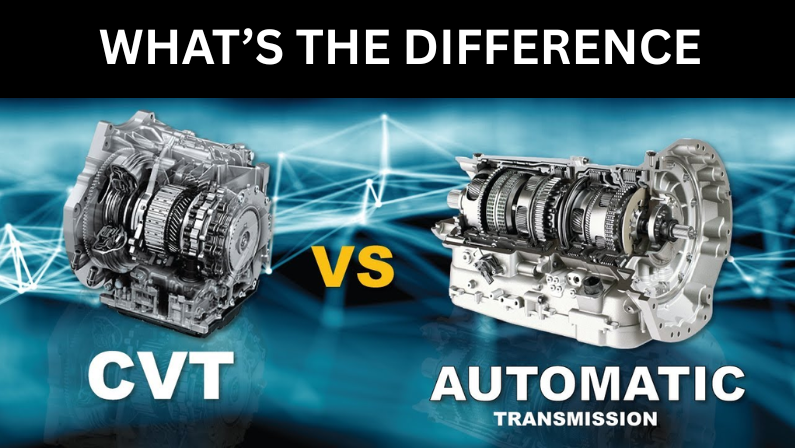
What's The Difference Between a CVT Transmission and an Automatic?
At a glance, CVT and traditional automatic transmissions might seem the same—you shift into Drive and go. But under the hood, they operate very differently.
A traditional automatic uses a set number of gears and shifts between them as needed, while a CVT adjusts continuously to find the ideal gear ratio for any driving condition.
Here’s a quick comparison to break it down:
| Feature | CVT Transmission | Traditional Automatic Transmission |
| Gears | No fixed gears; uses pulleys and a belt/chain | Fixed gears; usually 6 to 10 gear ratios |
| Efficiency | Generally more fuel-efficient | Less efficient due to gear shifts |
| Acceleration | Smooth and seamless | Can feel jerky with noticeable gear changes |
| Driving Experience | No shift shock or abrupt downshifting | Can experience gear hunting and rough shifts |
| Maintenance Costs | Often higher due to specialized parts and service | Typically lower and more widely understood |
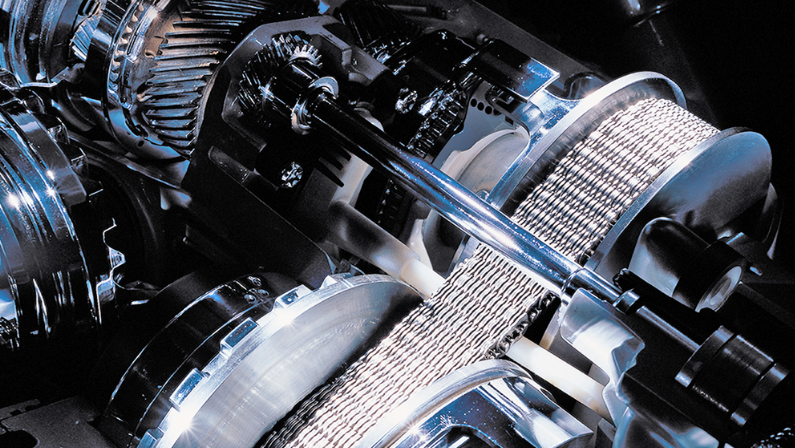
How Does a CVT Transmission Work?
A CVT (Continuously Variable Transmission) works very differently from a traditional automatic. Instead of shifting through a set number of gears, it adjusts smoothly and continuously to find the best gear ratio for your engine’s speed and power. This means you get a smoother ride with no sudden gear shifts and better fuel efficiency.
The main components of a basic CVT system include:
- Driving Pulley: Connected to the engine, it sends power to the transmission.
- Driven Pulley: Adjusts to control the gear ratio by changing its width.
- Belt or Chain: Runs between the pulleys to transfer power and adjust speed smoothly.
As you accelerate, the pulleys expand or contract, moving the belt and changing the ratio without any noticeable shifts. This helps the engine stay in its most efficient range.
Some CVTs use different designs, such as:
- Hydrostatic CVT: Uses fluid pressure instead of belts (mostly in machinery).
- Toroidal CVT: Uses discs and rollers to reduce friction.
- Launch Gear CVT: Found in some Nissan vehicles, it uses a traditional gear to start, then switches to CVT for smoother acceleration.
Overall, CVTs deliver consistent power, especially at lower speeds or going uphill, without the lag or rough shifts you might feel in a regular automatic.
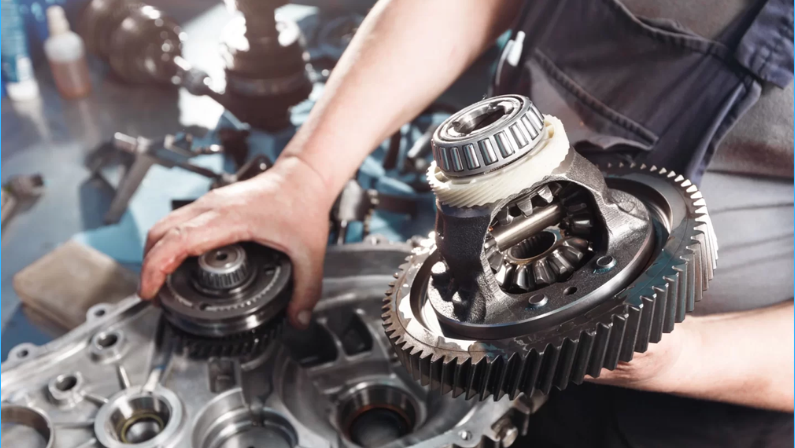
Benefits of a CVT Transmission
CVT transmissions offer several advantages that make them a popular choice in today’s vehicles, especially for drivers who value fuel economy, smooth rides, and efficient performance.
Here’s a breakdown of the key benefits:
1. Improved Fuel Efficiency
Since a CVT always keeps the engine running at its most efficient RPM, it helps reduce fuel consumption. This makes it a smart choice for drivers looking to save at the pump, especially in hybrids and smaller cars.
2. Smooth Driving
With no gear shifts, a CVT delivers seamless acceleration. There’s no jerking or lag between gears, just a continuous and steady driving experience.
3. Better Performance for Small Engines
CVTs work especially well with smaller engines by maximizing power when needed. They help smaller engines feel more capable by keeping them in the ideal power range.
4. Eliminates Abrupt Downshifting
Unlike traditional automatics that can suddenly shift down when you need more power, a CVT adjusts gradually. This results in smoother transitions, especially when driving uphill or accelerating quickly.
5. More Responsive Acceleration
Because a CVT doesn’t need to “hunt” for the right gear, it can respond more quickly when you press the gas. This makes for quicker, more efficient acceleration in real-world driving situations.
6. Reduced Wear on Engine
By keeping the engine in its optimal power band, a CVT reduces unnecessary strain. This can help extend the life of the engine and improve overall vehicle longevity.
7. Lightweight in Compact Vehicles
CVTs are typically lighter than traditional automatic transmissions. This makes them ideal for smaller, more compact vehicles where saving weight helps improve both fuel efficiency and handling.
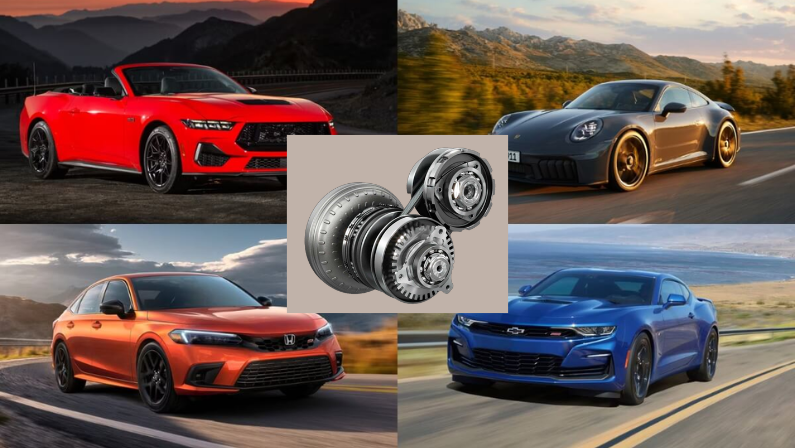
Car Makers That Use CVTs
Many popular car manufacturers have embraced CVT technology because of its fuel efficiency and smooth performance.
Here’s a quick look at some of the major brands using CVTs in their vehicles:
- Renault
These brands show how CVTs are becoming a common feature across different types of vehicles, from economy cars to hybrids and SUVs.
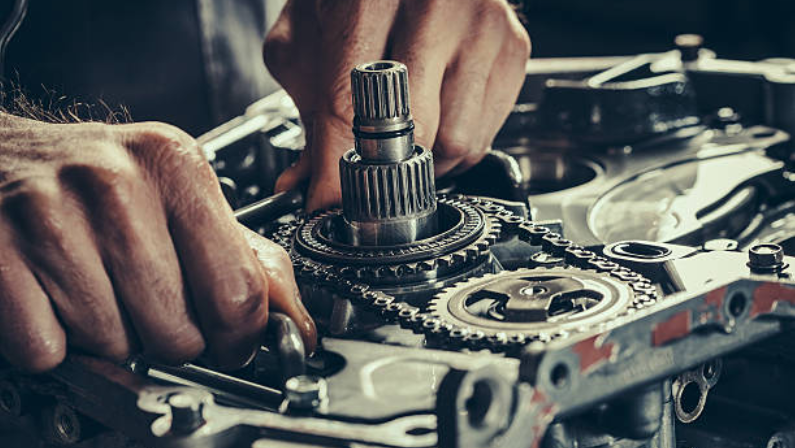
Maintenance Tips for CVT Transmissions
Taking good care of a CVT transmission helps keep it running smoothly and can extend its lifespan.
Here are some simple maintenance tips to keep in mind:
1. Use the Correct CVT Fluid
CVTs require special transmission fluid designed specifically for their unique belt and pulley system. Using the wrong fluid can cause damage, so always check your owner’s manual and use the recommended CVT fluid.
2. Periodic Fluid Replacement
Like any transmission, CVTs need their fluid changed regularly. Over time, the fluid can break down and lose its effectiveness, so follow the manufacturer’s schedule for fluid replacement to keep everything running smoothly.
3. Check the CVT Dipstick
Regularly checking the transmission fluid level with the dipstick (if your vehicle has one) can help you spot low fluid or contamination early. Proper fluid levels are crucial for the CVT to work correctly.
4. Avoid Heavy Towing
CVTs are generally not designed for heavy towing or hauling. Putting too much strain on the transmission can cause premature wear or failure, so it’s best to avoid towing heavy loads with a CVT-equipped vehicle.
5. Gentle Acceleration
CVTs work best when you accelerate smoothly and steadily. Hard or aggressive acceleration can put extra stress on the transmission components, so try to drive gently for a longer transmission life.
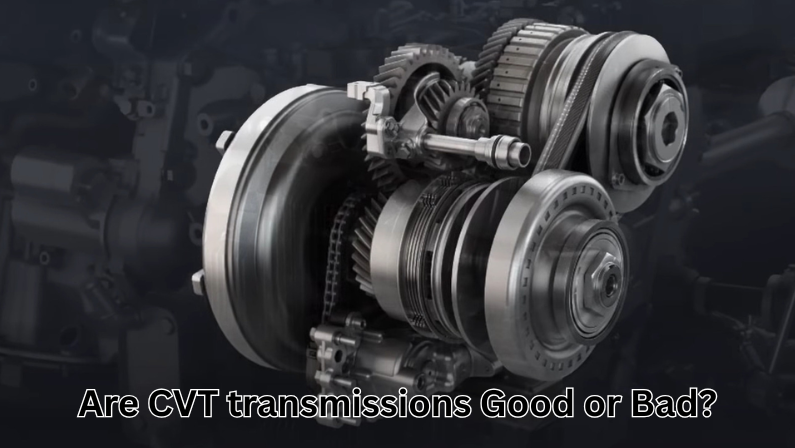
Are CVT transmissions Good or Bad?
CVT transmissions are valued for their simple design and efficiency. Compared to traditional automatics, which have many moving parts, CVTs have fewer components, like a strong belt, pulleys, and sensors.
This simplicity helps make CVTs lighter, cheaper to build, and better at saving fuel. CVTs offer smooth, steady acceleration and adjust seamlessly to changing driving conditions.
However, some drivers don’t like the “rubber band” feeling when the engine speed doesn’t seem to match how much you press the gas pedal. Also, CVTs usually handle less torque than traditional automatics, and their belt-driven design can lead to more wear over time.
Still, for most drivers and vehicles, the benefits of a CVT, especially fuel savings and smooth driving, outweigh the drawbacks. That’s why more and more car makers are using CVTs, and why they’ll likely become even more common in the future.
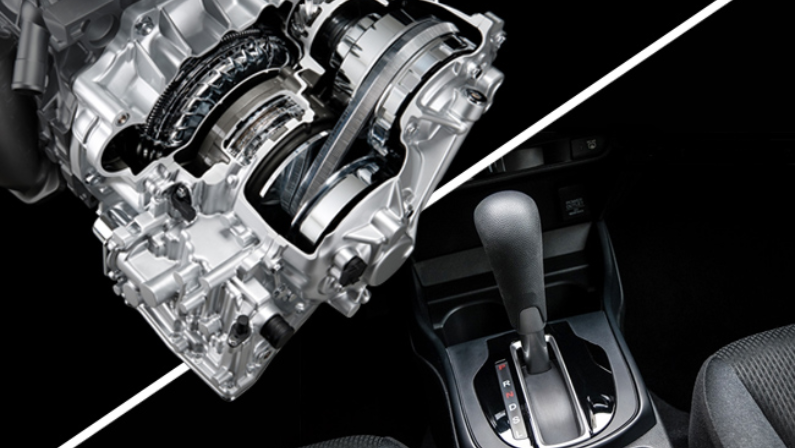
The CVT Verdict: Smart Choice or Compromise?
CVT transmissions aren’t perfect, but neither are traditional automatics. For the right driver (especially city commuters and eco-conscious owners), today’s improved CVTs deliver buttery-smooth acceleration and real fuel savings without the quirks of early models.
At CarHub North York Chrysler, we believe knowledge prevents costly surprises.
If you’re considering a CVT-equipped vehicle:
- Ask About Maintenance History – Fluid changes are critical
- Test Drive Strategically – Listen for whining under hard acceleration
- Plan for the Long Haul – Extended warranties pay off
Need a Professional Opinion? Book a CVT inspection today or browse our CVT-friendly inventory.
Remember: Whether you choose a CVT or conventional automatic, proper maintenance is what truly determines longevity. Drive smart!
